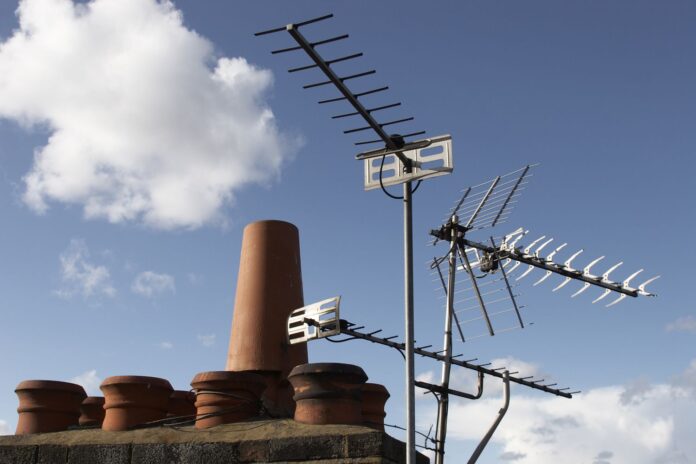Several people believe that they can repair their TV aerials since moving it around is all it needs to get fixed. It can be challenging to determine whether a fix can be completed at home or requires professional assistance.
As a result, we’ve put together this comprehensive guide on getting your antenna repaired at home. This post is geared for homeowners, but don’t worry if you’re a renter or live in an apartment – we’ve got you covered with this aerial repair guide.
Types of TV Aerial Problems
There is a Problem with the Antenna’s Connection
It could be that the antenna cables are not well linked, which is one of the primary reasons why your antenna isn’t working. It usually occurs when the connection has been disrupted. If you have dogs, they may come into contact with the antenna cable as they run around the house, causing it to become detached from the decoder. The good news is that this issue is simple to resolve. All you have to do now is plug in the loose cable or tighten it.
Antenna Damage
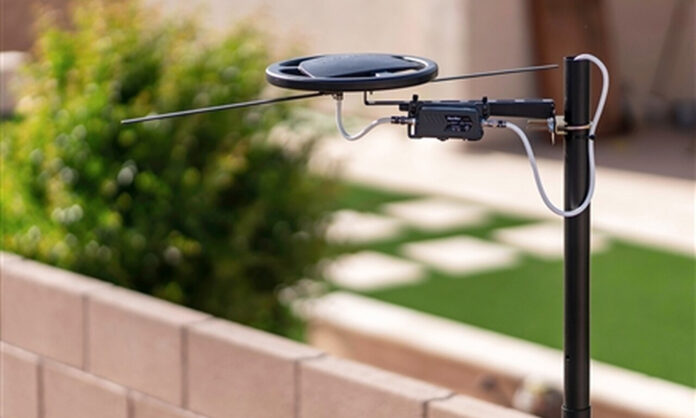
Another reason for your antenna’s failure is that it has been completely damaged. A variety of factors can damage an antenna. Lousy weather, damage from birds landing on it, and worn-out cables are just a few of them. An antenna, like any other device, will eventually wear out.
As a result, they require continual maintenance to remain in good working order. Regular antenna maintenance will ensure that faults are identified and corrected before they become irreversible. If you’ve recently discovered that your antenna isn’t transmitting a signal because it’s been broken, you should contact a professional to have it repaired.
Interference From The Outside
Interference from outside sources is a significant issue that degrades antenna performance. Electromagnetic interference, TV transmitter interference, and various other factors can all interfere with TV transmissions. When two or more transmitters broadcast on the same frequency, interference is likely to occur. It’s challenging to solve this problem on your own since you need to know what form of interference is impacting your TV signal. As a result, you should seek the assistance of antenna installation and repair professionals.
Low-Quality Antenna
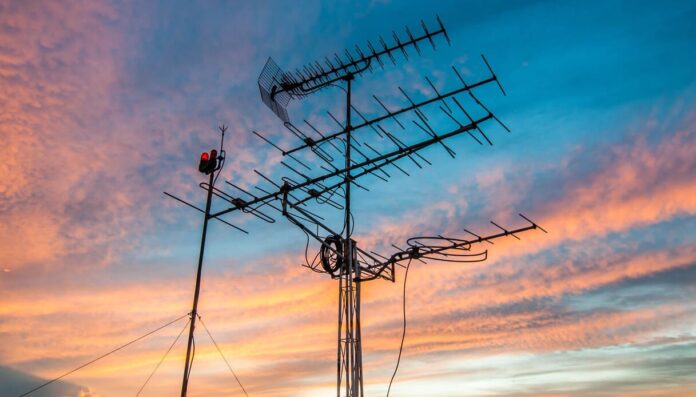
Antennas can be classified into two categories: high-quality and low-quality. You’re more likely to have issues if you install a low-quality antenna. You’ll need a high-quality antenna that can receive both ultra-high frequency (UHF) and very high frequency (VHF) signals if you wish to get all of the television channels in your area (VHF). Furthermore, the total cable quality must meet the required specifications. Before you install your TV antenna, it is recommended that you seek assistance from an expert in the field.
How To Fix Small TV Aerial Repairs?
Examine Your Wiring
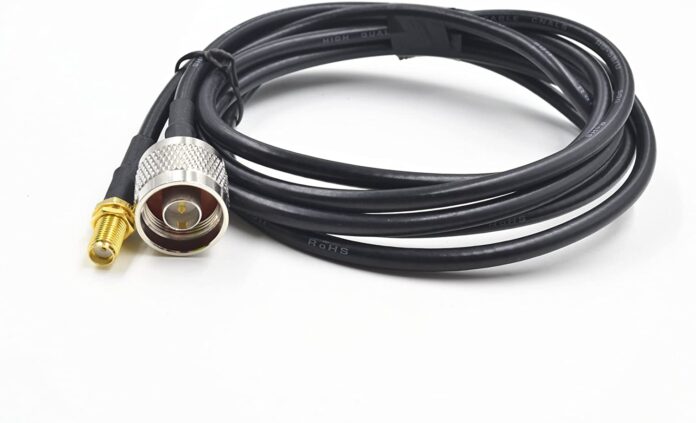
Examine the state of your antenna cable’s fly lead and any other visible parts. It is most likely the problem if you notice any physical damage. You can replace your fly lead at your local electronics store if it is broken. Simply unhook the old cable and plug in the new one between your television and the power outlet. But it’s a different story if your antenna cord is broken. You will require the assistance of an expert to replace an external TV antenna cable.
Source Error
It is the most typical mistake, and it usually happens when you press the wrong button and get a no signal warning. If you’re watching TV on the wrong channel and get a no signal notice, it doesn’t imply you’re not getting a signal from the TV aerial. It indicates you’re not getting any signal from whatever input is connected to the input or source you unintentionally chose. Make sure you’re using the correct source input.
A Faulty Television Aerial
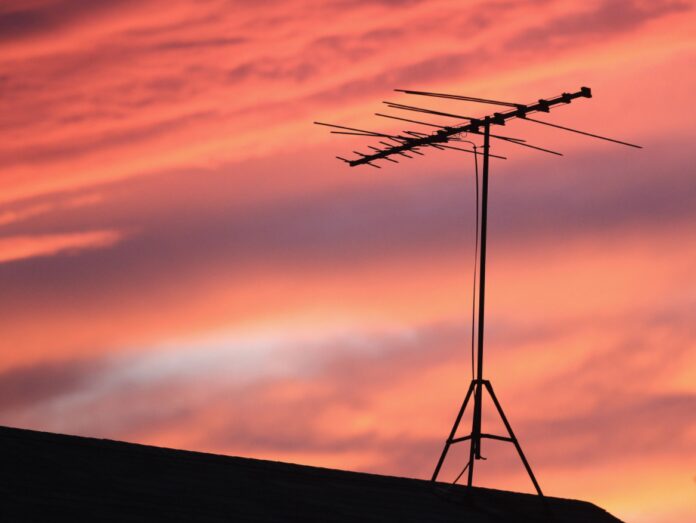
Your television aerial can break down, and it is more common than most people realize. If your television aerial has malfunctioned, we recommend that you attempt swamping your TV aerial with another. If you’re reading this, you might assume you don’t have the necessary equipment to test your TV aerial signal, but you can try switching out the TV. If it doesn’t work the first time, try tuning it again with another aerial in place. If it doesn’t work even then, it is probably because your TV aerial is faulty.
Use Amplifier
Make use of a signal amplification device. Place a signal amplifier (also known as a signal booster) between the antenna and the TV to boost the signal if you’re having problems getting TV signals. It is also helpful for TV tuners with low sensitivity and DTV converter boxes. Connect the antenna cable to the amplifier’s input, then the amplifier’s output to the TV’s antenna input. You must additionally connect the amplifier to a reliable power source for an uninterrupted TV connection.
Get An Attenuator
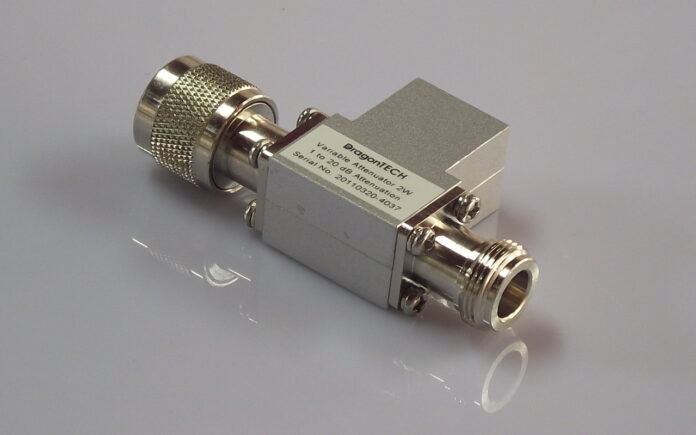
You’ll need an attenuator for this step. Use an attenuator to lessen the signal power if you’re too close to the TV transmitter and the signal is overloading your tuner or DTV converter box. An attenuator with a continuous adjustment allows you to customize the amount of attenuation (gain) required for each channel.
The most popular type is a compact inline gadget that connects the antenna to the television (or DTV converter box) and provides a fixed amount of lowered gain. The problematic element is determining the amount of gain reduction required. It’s better to choose one with a variable gain control so you can fine-tune it.
It’s okay if none of the inspections mentioned above reveal any problems. Sometimes the issue isn’t readily apparent, especially if it’s hidden within your internal wall or ceiling. An antenna repair expert will know how to inspect each factor and have the skills and equipment necessary to do it safely. Click here to know more.
Conclusion
Knowing what your antenna is capable of is the best approach to make an informed decision about whether or not to call for TV aerial repairs. Finally, if you’re using an antenna and have gone through all the previous steps but still can’t receive a clear signal, it’s likely due to bad weather outside!

